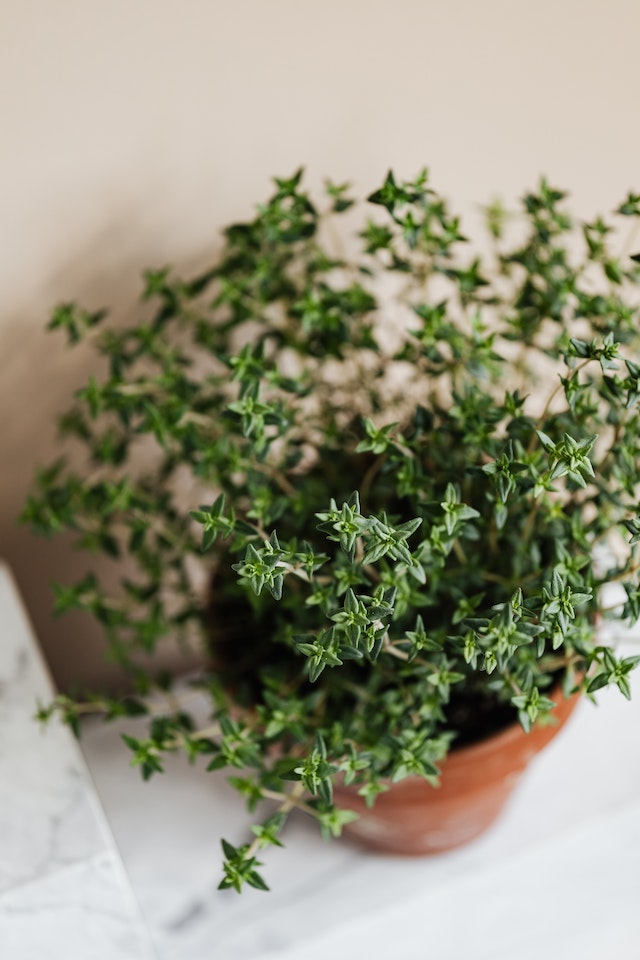Botanical Description:
Scientific Name: Vinca minor
Common Names: Periwinkle, Common Periwinkle
Description:
Periwinkle, scientifically known as Vinca minor, is a low-growing evergreen plant with charming blue-purple flowers. Beyond its ornamental appeal, Periwinkle has a history of traditional medicinal use. Explore the traditional uses, constituents, and applications of Periwinkle in this Materia Medica.
Disclaimer:
This Materia Medica is provided for informational purposes only and should not replace professional medical advice. Please consult with a qualified healthcare practitioner or herbalist before using any herbal remedies.
Therapeutic Actions:
- Circulatory Support:
- Periwinkle is traditionally used for its potential to support circulatory health.
- Anti-Inflammatory:
- Exhibits anti-inflammatory properties, contributing to its role in addressing inflammatory conditions.
- Astringent:
- Periwinkle is considered to have astringent properties, potentially aiding in wound healing and skin conditions.
- Neuroprotective:
- Compounds in Periwinkle may have neuroprotective effects, supporting cognitive function.
Constituents:
- Alkaloids (Vincamine, Vinpocetine):
- Vincamine and vinpocetine are alkaloids found in Periwinkle, known for their potential circulatory and neuroprotective effects.
- Flavonoids:
- Periwinkle contains flavonoids, which contribute to its antioxidant and anti-inflammatory properties.
- Tannins:
- Tannins found in Periwinkle may contribute to its astringent effects.
Traditional Uses:
- Circulatory Conditions:
- Periwinkle has been traditionally used to support circulatory health, potentially benefiting conditions like varicose veins.
- Inflammatory Conditions:
- Used for its anti-inflammatory properties, Periwinkle may be employed in addressing inflammatory conditions.
- Wound Healing:
- The astringent properties of Periwinkle may aid in wound healing and skin conditions.
- Cognitive Support:
- Compounds like vincamine and vinpocetine in Periwinkle may contribute to cognitive support.
Dosage and Preparation:
- Periwinkle Extract:
- Standardized Periwinkle extract is available in various forms. Dosages may vary, and it’s essential to follow recommended guidelines.
- Infusion:
- Infusions can be made using dried Periwinkle leaves for internal use. Dosage should be in accordance with recommended guidelines.
- Topical Applications:
- External preparations with Periwinkle extract may be applied for wound healing or skin conditions.
Cautions and Considerations:
- Pregnancy and Breastfeeding:
- Safety during pregnancy and breastfeeding is not well-established, and consultation with a healthcare professional is recommended.
- Blood Pressure:
- Individuals with low blood pressure should use Periwinkle with caution due to its potential hypotensive effects.
- Potential Interactions:
- Consultation with a healthcare professional is advisable, especially for individuals on medications or with underlying health conditions.
Conclusion:
Periwinkle, with its vibrant blooms and potential medicinal properties, holds a place in traditional herbalism. From circulatory support to anti-inflammatory and astringent effects, Periwinkle offers a spectrum of potential benefits. Whether used in standardized extracts, infusions, or topical applications, Periwinkle provides options for those seeking natural remedies. Precautions are necessary, especially for certain populations or individuals with specific health concerns. This Exhaustive Materia Medica aims to provide comprehensive insights into Periwinkle’s botanical description, therapeutic actions, constituents, traditional uses, dosage, precautions, and applications. For personalized guidance, consultation with healthcare professionals or herbalists is recommended to ensure safe and effective utilization of Periwinkle as a herbal remedy.






